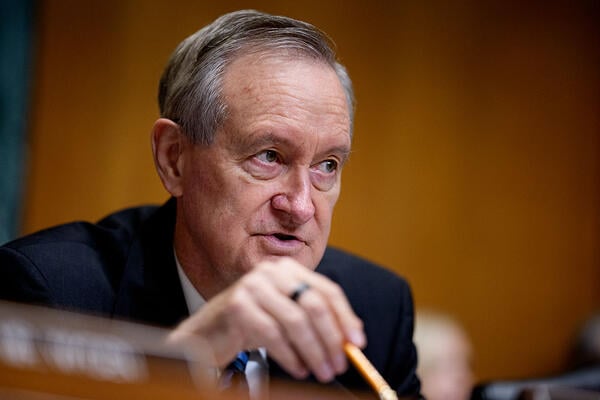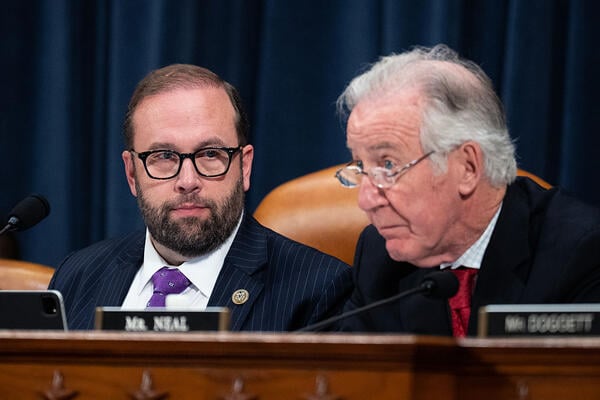Dive Brief:
- Yale University is bracing for layoffs as it prepares to pay the government hundreds of millions of dollars in endowment income taxes.
- In a public message, senior leaders at the Ivy League institution said that Yale’s schools plan to take steps such as delaying hiring and reducing travel spending to save money. But they warned workforce cuts were on the horizon.
- “Layoffs may be necessary” in some units where cutting open positions and other reductions are insufficient, the university officials said. They expect to complete any downsizing by the end of 2026 barring “additional significant financial changes.”
Dive Insight:
One of Yale’s top financial headaches is the higher endowment tax rate passed by Republicans this summer in their massive spending and tax law. The increased tax — which is much lower than what House Republicans initially proposed — will have an upper tier of 8% on the investment income of the wealthiest endowments, up from the current rate of 1.4% established during the first Trump administration.
That new 8% tax bracket includes Yale, in Connecticut. As of June 30, the end of the 2025 fiscal year, its endowment’s net assets totaled $44.2 billion in value after it allocated $2.1 billion to the university for student aid, teaching, research and other functions that year.
The tax hike means Yale will be paying the government around $300 million a year starting in 2026, officials said.
“To illustrate its scale, this new expense exceeds our yearly budget for undergraduate financial aid,” the senior leaders — Provost Scott Strobel, CFO Stephen Murphy and Senior Vice President for Operations Geoffrey Chatas — said in their message Wednesday. They noted the amount is also larger than the combined annual budget of more than half of Yale’s 15 schools.
Additionally, the leaders pointed to the Trump administration’s efforts to limit federal funding for research overhead costs and overall spending on research. “Cuts to these crucial funding sources would pose a significant threat to research conducted across the university,” they said.
While four major federal agencies have attempted to cap reimbursement for research overhead, federal courts have blocked those efforts so far. However, some of those rulings are under appeal.
For now, though, the university’s grant and contract income remains robust at $1.3 billion in fiscal 2025, up nearly 7% from the year before.
As they prepare for new financial pressures ahead, Yale officials are instituting austerity measures, as many other universities are as they navigate financial disruption under the Trump administration and a Republican Congress.
Earlier in the year, the university paused hiring, deferred building projects, cut nonsalary expenses by 5% and offered early retirement buyouts to administrative staff. But the looming endowment tax and federal funding uncertainty will mean steeper cuts, the senior leaders said. Schools and units are currently ironing out their budgets.
“As units implement their plans, our community can expect to see additional organizational, service, and program changes,” the senior leaders said. “While some of these adjustments will occur in the coming months, we anticipate they will continue over the next two years.”
In explaining the need for workforce cuts, they pointed out that nearly two-thirds of Yale’s expenses are tied to compensation and benefits for employees.
“We are hopeful that most reductions can be accomplished by eliminating open positions and through regular turnover and retirement incentives,” the officials said.







